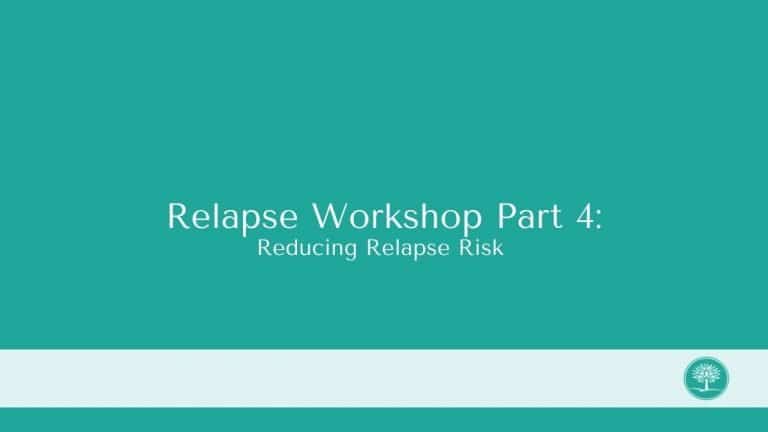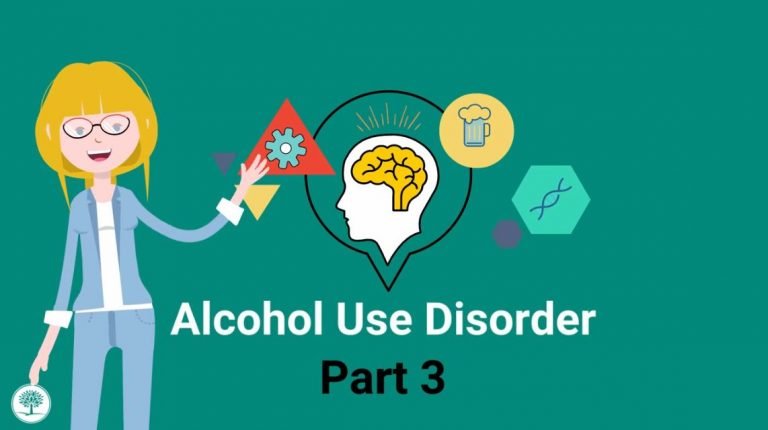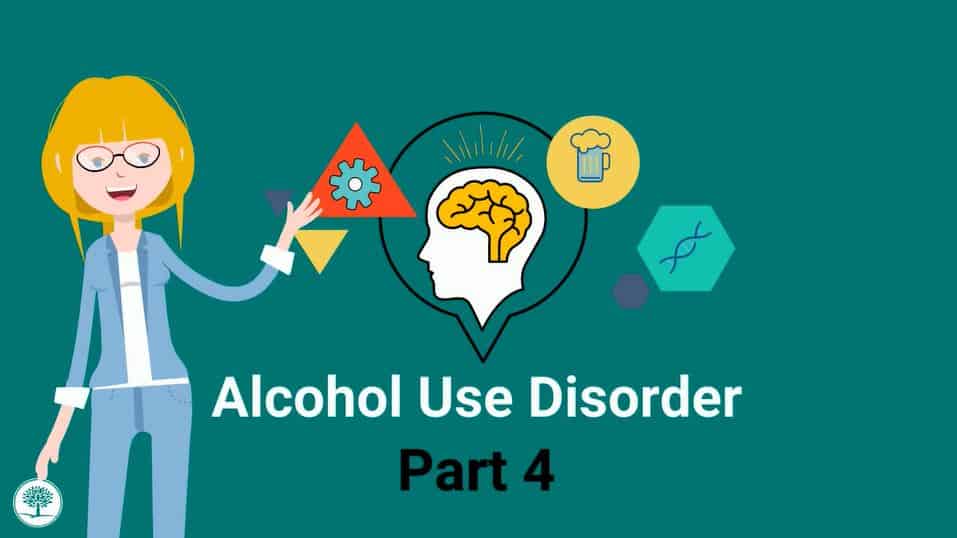Alcohol Use Disorder Part 1
This lesson on Alcohol Use Disorder is part one of a four part series. This lesion will be an overview.
Alcohol is one of the most widely used psychoactive substances in the world. Because it is psychoactive, it affects your brain. And according to a 2018 national survey on drug use and health, 86% of adults have drank alcohol in their lifetime. That is virtually everybody. 70 percent of adults reported they drank alcohol in the past year and 55.3 percent reported they drank alcohol in the past month. If you drink alcoholic beverages, even occasionally, you need to know the facts about alcohol use disorder.
Alcohol use disorder is a disease.
The American Medical Association stated alcoholism, now alcohol use disorder, was an illness in1956. In 1987, the American Medical Association officially termed it a disease.
Alcohol use disorder is not a weakness. It is not an issue of willpower. And it is not a mental illness.
Approximately one out of ten who drink alcohol develop an alcohol use disorder. Some people who drink will never experience issues or problems with alcohol. Others who drink cannot seem to stop. And in that group, those with alcohol use disorder, the average alcohol consumption for those with alcohol use disorder, moderate to severe, averages 74 drinks a week or over 10 drinks a day.
The scope of the alcohol problem is huge. Data from the National Drug Intelligence Center talks about the prevalence of medical disorders across the United States. For example, the data tells us that 31 Million people have Tobacco Use Disorder, double that of the 15 Million Adults that have Alcohol Use disorder. Cancer impacts 14.5 million, and of course, many cancers are due to tobacco and alcohol use disorder. HIV and AIDS has 1.2 million cases.
Tragically, 88,000 people die annually from alcohol related causes. It is the fourth leading preventable cause of death in the United States. 50% of liver disease is attributed to alcohol use. And it is worth pointing out that less than 10% of individuals with alcohol use disorder receive any treatment.
The DSM-5 is a diagnostic manual put together to help categorize psychiatric and substance use disorder illnesses including alcohol use disorder, and all other substance use disorders.
There are 11 criteria for alcohol use disorder and depending on the number of criteria one has; the diagnosis will range from mild to severe. I will go through all eleven criteria.
- Alcohol use disorder is defined as using larger amounts of alcohol over a longer time than intended.
- Plus, there are unsuccessful efforts to cut down on alcohol use or control.
- Number three is, a great deal of time is spent obtaining, using, or recovering from drinking alcohol.
- Craving a strong desire to use alcohol.
- Recurrent alcohol use resulted in failure to fulfill major role obligations.
- For example:
- A student is having trouble completing assignments
- Or alcohol is starting to impact one’s job or employment.
- Six is continued alcohol use despite persistent or recurrent social problems.
- Number seven. Important, social, occupational, or recreational activities are given up because of alcohol use.
- I would rather sit home and drink or because you are drinking, you cannot participate because you are afraid of driving.
- Recurrent use in physical, hazardous situations.
- Drinking and driving is what comes to my mind. But some individuals out there may operate heavy machinery and that could be a problem.
- Boating is another one, especially in the summertime.
- Continued use despite knowledge of having a persistent recurrent physical or psychological problem caused or exacerbated by use.
- Increased tolerance. The need to have increased amounts to achieve the same effect.
- If in the past, two drinks gave you a buzz and you would just drink two beverages on weekends, tolerance would be evidenced by drinking 4 beverages every day. You now have tolerance because it takes you four drinks to get a buzz and you are drinking seven days a week.
- Withdrawal either with withdrawal symptoms or continued use to relieve or avoid withdrawal.
The genetics of alcohol use disorder are very strong and complex. Two genes, the ABH1B and ALDH2 both affect the metabolism of alcohol and seem to have the strongest relationship to alcohol use disorder.
For those individuals with these genes, they often metabolize alcohol more quickly. Thus, you do not get your “buzz” that you want until you are drinking far more alcoholic beverages than you need. Many other genes are also associated with alcohol use disorder. In addition, genes for depression and anxiety can contribute to this disease.
A final reminder, if you have a family member with alcohol use disorder and you drink alcohol, you are at significant higher risk of developing an alcohol use disorder than the average individual.
Our next lesson will discuss how alcohol affects the brain.
Thank you for choosing The Recovery Village. If you or a loved one are struggling with mental health or substance abuse and would like to find out more about the programs we offer, please reach out to us directly at 855-387-3291.









